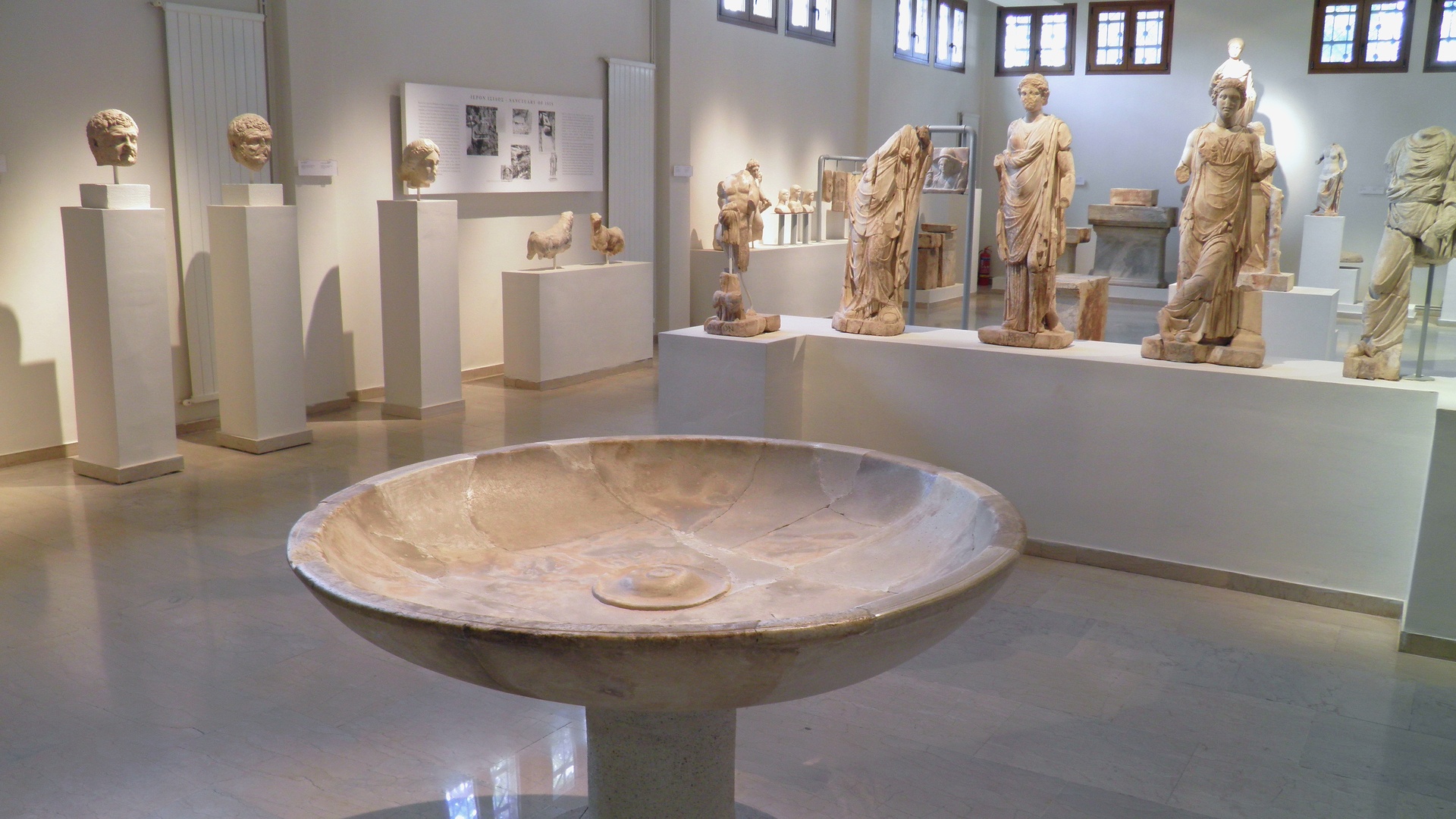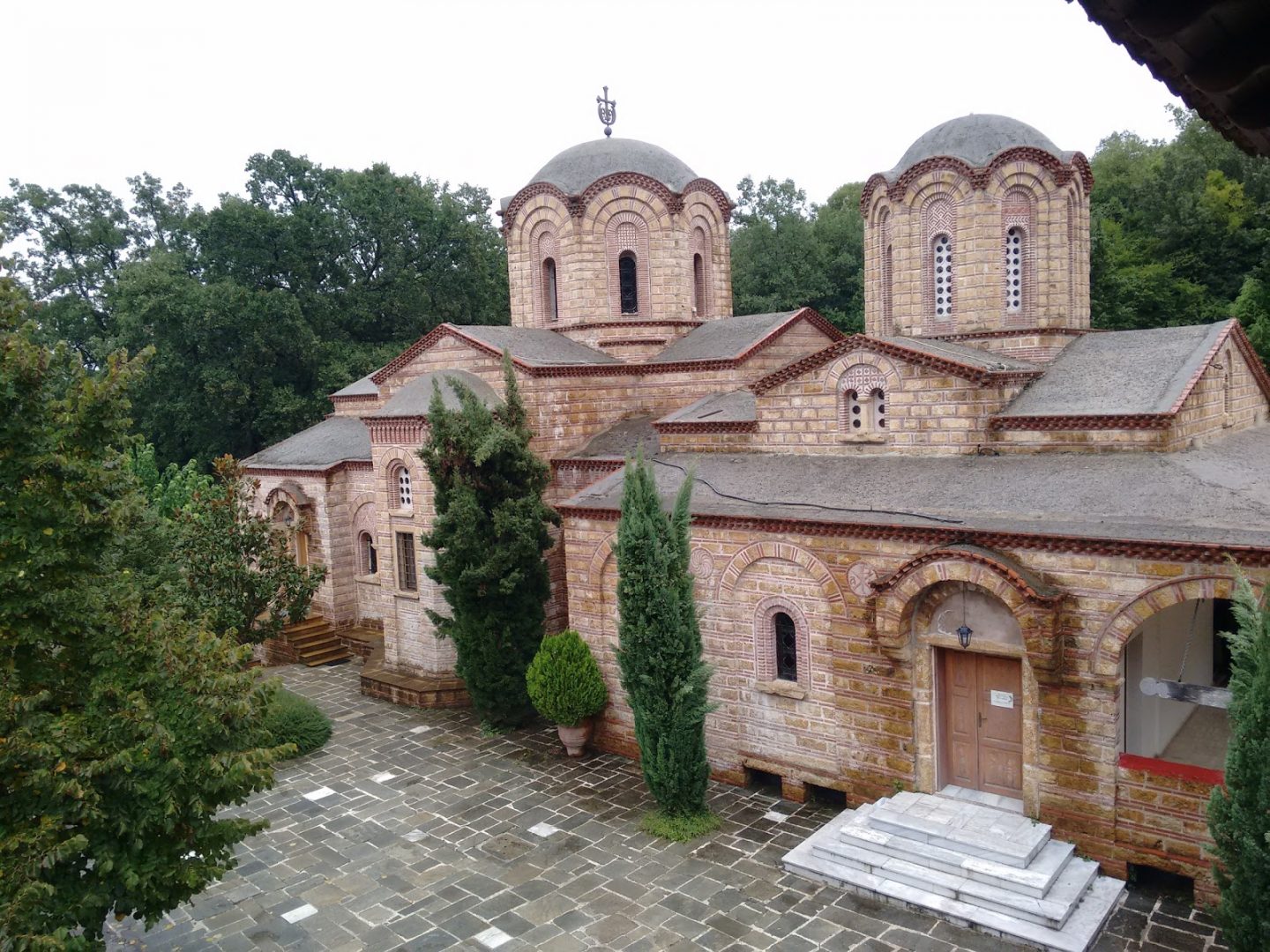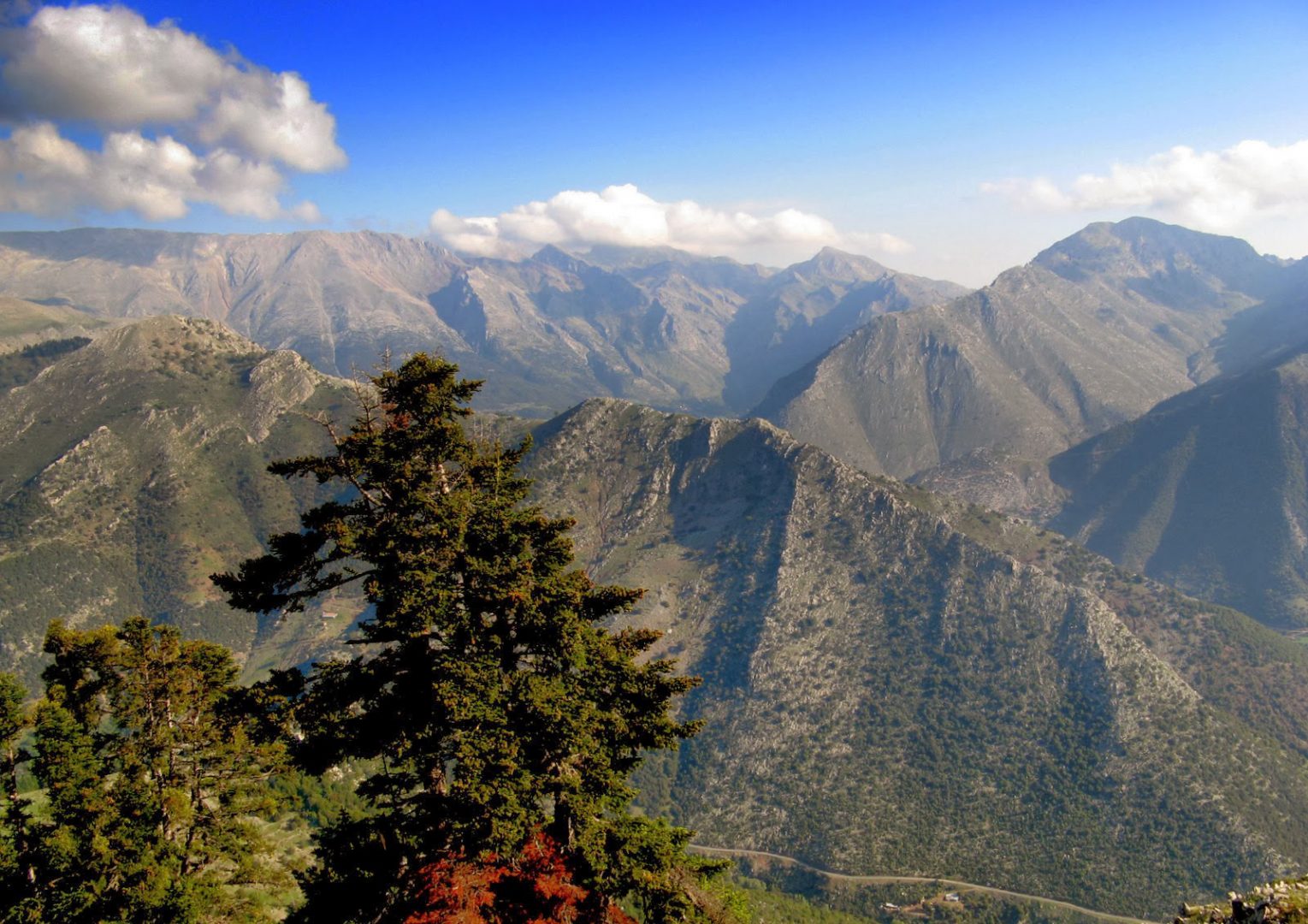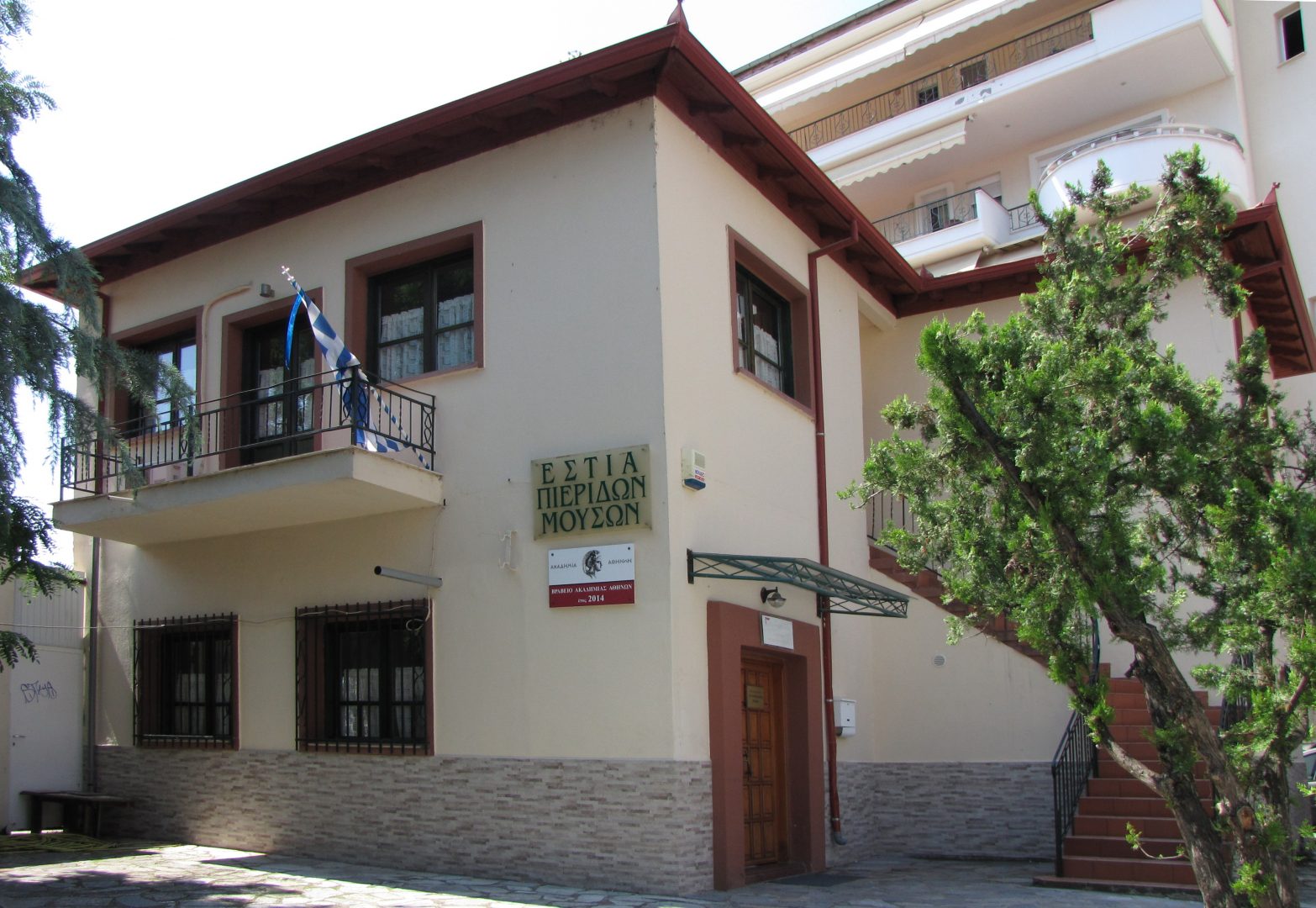Pieria is one of the regional units of Greece located in the southern part of the Region of Central Macedonia.
Pieria is one of the regional units of Greece located in the southern part of the Region of Central Macedonia, in the historic province of Macedonia. Its capital is the city of Katerini. Pieria is the smallest regional unit in Macedonia. The name Pieria comes from the ancient Pieres tribe.
1. Platamon Castle

The Platamon Castle, an important part of the history of Pieria, is a Crusader castle in northern Greece and is located southeast of Mount Olympus, in a strategic position that controls the exit of the Tempe valley, through which passes the main road connecting Macedonia with Thessaly and southern Greece. The tower, which overlooks the highway, is an imposing medieval fortress. Important discoveries are the board of Hellenistic wall, which confirms the suggestion that on this position was the ancient Greek city Herakleion and the gate in the wall of the donjon. The core of the city Herakleion remains to be found, but it is posited that it is located on the northwest side of the castle’s hill due to shells and coins found during recent excavations.
2. Archaeological Museum of Dion

The Archaeological Museum of Dion is a museum in Dion in the Pieria regional unit of Central Macedonia, Greece. The museum was established in 1983 to display excavations unearthed in the area from a fortified city that once stood in its place from the 6th century BC to the 5th century AD. The artifacts of the museum were also discovered in Olympus, the archaeological site of ancient Leivithra, and the wider Pieria regional unit. The shown finds are witnesses of the history of Pieria.
3. Monastery of St. Dionysios in Olympus

The Monastery of Agios Dionysios in Olympus is a Greek Orthodox monastery on the slopes of Mount Olympus, the most important monastery in the Pieria Prefecture. It is located at the Enipeas ravine at an altitude of 850 m The original monastery, established in 1542, was destroyed by the Germans in 1943. A new monastery was established at a distance of some 5 km to the northeast of the old one, closer to the town of Litochoro. The Agios Dionysios Monastery is a stavropegic monastery, subordinated directly to the Patriarch of Constantinople. Beside the monasteries Kanalon and Agia Triada, Sparmos it is one of the monasteries located at Mount Olympus.
4. Pierian Mountains

The Pierian Mountains are a mountain range between Imathia, Pieria, and Kozani Region, south of the plain of Kambania in Central Macedonia, Greece. The village of Vergina, where the archaeological site of ancient Aigai lies, is built at the foot of these mountains. The highest point in the range is Flampouro at 2,193m. The Pierian Mountains are the site of the ski resort of Elatochori.
5. Folklore Museum of Katerini

The Folklore Museum of Katerini was set up by the Pieria Pontic Association and is housed in a building owned by the Association in the center of Katerini, Macedonia, Greece, near the Municipal Park. It opened in 1990, following efforts to collect folklore material still in the possession of refugee families from the Pontos who had settled in the Pieria region. The campaign had been carried out by a three-member committee under the supervision of Professors Dimitrios Pandermalis and Nora Skouteri. The purpose of the museum is to preserve and promote the cultural wealth of the Pontic Greeks. It has some 600 objects of social, folkloric, and historical interest, some of which are extremely valuable. In the entrance hall, there is a large map of the Black Sea, with the major centers marked, photographs of schools and village elders from the towns of Kotyora, Sukhumi, and Kars, and refugees’ personal effects.
